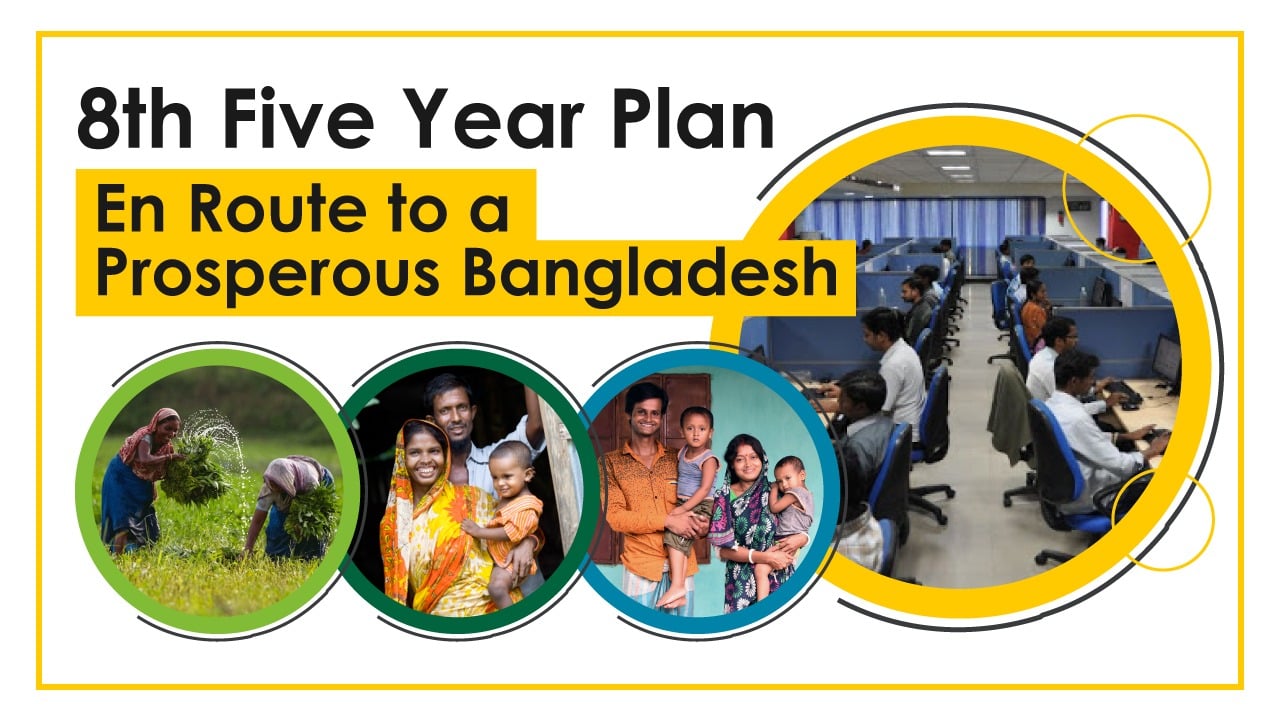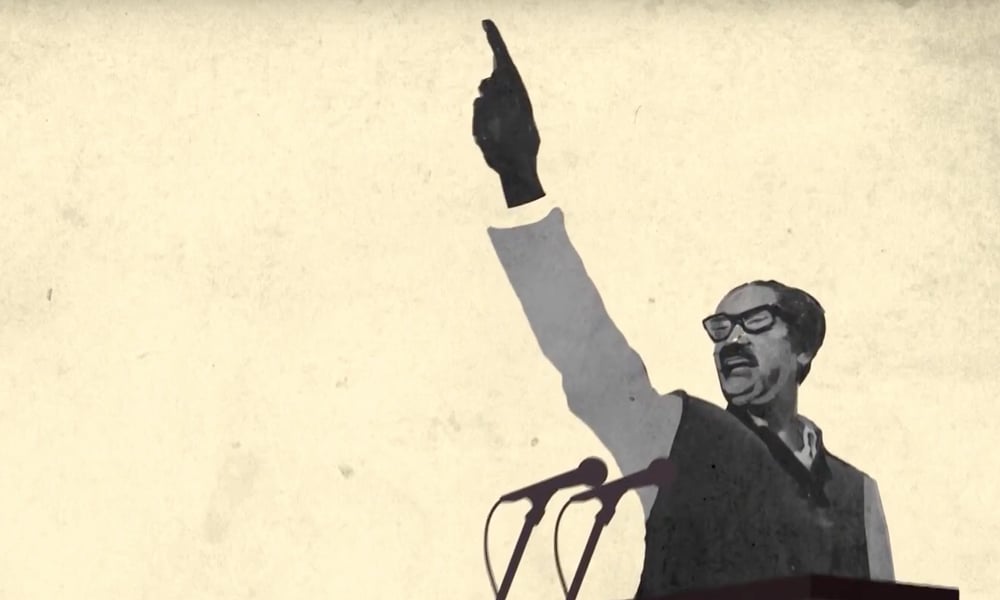7270
Published on March 26, 2022Bangladesh is celebrating its 51st Independence Day with astounding success in socio-economic sectors in contrast to its start of a topsy-turvy journey as a free nation and a war-torn economy 50 years ago in 1971.
From being one of the poorest nations at birth in 1971 with the 10th lowest per capita GDP in the world, Bangladesh reached a lower-middle-income status in 2015 and has already been recommended by the UN for final exit from LDCs list in 2026.
Bangladesh has done a tremendous job in economic growth and poverty reduction. It has been among the fastest-growing economies in the world over the past decade, supported by a demographic dividend, manufacturing and a stable macro-economy.
Bangladesh’s Per-capita GNI now reached as high as $2,591 from $85 in 1971. Its GDP size now stands at $416.26 billion and the country is expected to become an affluent nation by 2041.
“There is no denying that Bangladesh has made significant success in socio-economic development, especially in lowering the number of extreme poor who were highly vulnerable. The progress has been reflected in the international recognition for LDC graduation,” said Dr Zahid Hussain, a noted economist who worked for the World Bank’s Dhaka office as a lead economist.
From a power-hungry nation, it has been able to ensure cent percent electricity coverage, which is a testimony to the intensified development activities taking place for more than a decade in line with a long-term development strategy.
But it has never been an easy journey for Bangladesh as it inherited a war-hit economy in 1971. Due to two decades of Pakistani exploitation, the economy was stuck in a vicious cycle of poverty.
The task of rehabilitation and reconstruction after independence was overwhelming. The rebuilding process took off under the stewardship of its founding father Bangabandhu Sheikh Mujibur Rahman.
Despite limited resources, Bangladesh has made spectacular economic progress over the last five decades. Its poverty-alleviation performance is among the best in the world. The country has achieved near self-sufficiency in food production.
Steady economic growth, timely social and development policies, population control, national and rural infrastructure, education, women empowerment, electrification, expansion of low-cost health service, better disaster management, economic inclusion, the role of NGOs are thought to have played the key role in Bangladesh’s enviable success.
Increased public investment for removing infrastructural bottlenecks, improving rural infrastructures and road networks, in particular, has played a very important role in this journey, according to some analysts.
Since 2009, the country witnessed an economic turnaround guided by prudent macro-economic and fiscal management. The growth has been inclusive accompanying major socio-economic and human indices. Fifty years into the journey, Bangladesh now is considered a role model for other developing countries.
Development expert Dr Zahid Hussain identified three areas – high population growth, over-dependence on agriculture and vulnerability to natural disasters—which had held back the country for decades since independence.
“These factors were the major development hurdles immediately after the independence. Bangladesh has been able to successfully handle these long-standing problems,” he said.
The country has been able to control the high population growth which has come down to 1 percent, he said, adding: “Once the population was a demographic liability, but now it has been demographic dividend as a large portion of the population is young.”
The better disaster management capacity, on the other hand, has helped gradually lower death and resource loss due to natural disasters in the last three decades, he pointed out.
Despite agriculture’s falling share in GDP, agricultural production, especially for rice, meat and fish, has increased remarkably to ensure food security in the country even after the population size has been doubled, the economist noted.
Besides, the manufacturing sector has grown up as an alternative to agriculture. Net forex earning from remittance is also higher than the apparel dominated manufacturing sector as more than 10 million Bangladeshis are working abroad, Dr Zahid pointed out.
Courtesy: Daily Sun














